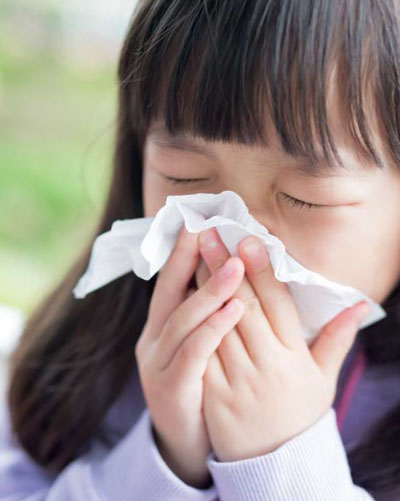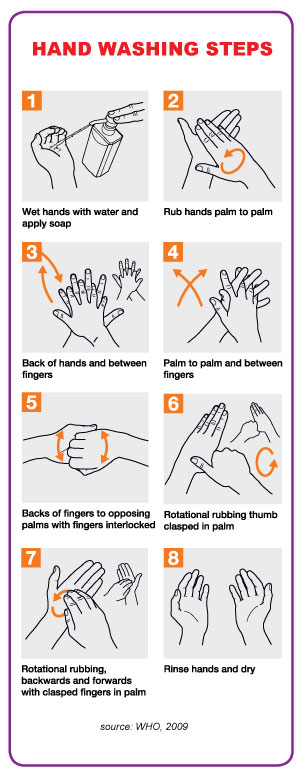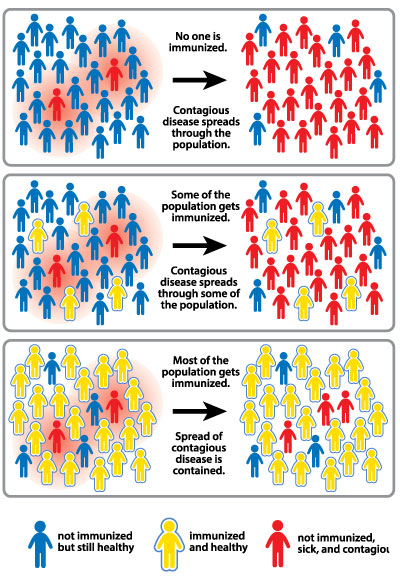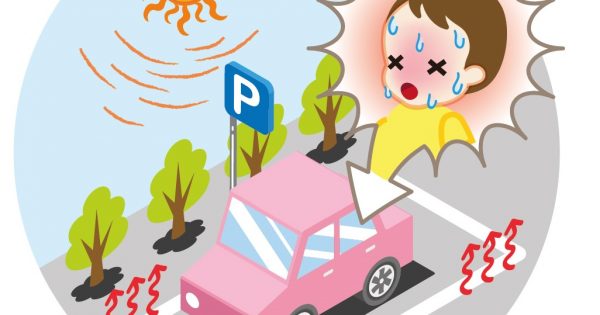Every year, influenza causes millions of infections, and 250,000-500,000 deaths of which an estimated 28,000-111,500 are children under 5 years, mostly from developing countries. Parents need to know more about the flu to better protect their children from it.
Flu or ‘influenza’, is a contagious respiratory illness caused by influenza A or B viruses. In Malaysia, influenza cases are seen all year round with peaks observed during the rainy season. In 2015, the Ministry of Health Malaysia recorded 12,133 influenza cases which were detected from 88 sentinel sites throughout the country. In the same year, 9 deaths were reported. These figures may well be higher since many cases go unreported, and even undiagnosed as influenza.
Signs Of Flu
Symptoms of influenza include fever, cough, sore throat, runny or stuffy nose, muscle aches, headaches, and tiredness. A child may suffer from one or a combination of these symptoms.
Complications In Children
Recovery can be expected within several days to less than two weeks after onset of symptoms in healthy persons. However, children have a higher risk of developing serious complications which include:
- Chest infections – including pneumonia or bronchitis
- Worsening symptoms of existing medical conditions, including asthma, diabetes and lung problems
- Tonsillitis
- Otitis media
- Sinusitis
- Seizures
- Meningitis
- Encephalitis (brain inflammation).
Children At High-Risk Of Infection
- Children below the age of two whose immune system is not yet fully matured.
- Children with certain medical conditions (e.g. asthma, heart disease, kidney disorders, chronic lung disease).
Treating Your Child
If your child gets the flu, they should:
- Get plenty of rest at home. Do not let your child go to school/day care, avoid infecting other children.
- Hydrate adequately with plain water.
- Cover their coughs and sneezes with a clean tissue or cloth and discard it properly into a bin. If neither are available, they should be taught to cover their mouths with their hands and wash them thoroughly afterwards.
Influenza in children can also be treated with antiviral drugs which keep flu viruses from reproducing in the body. It only works against influenza viruses and must be prescribed by a doctor.
Get Vaccinated
The best way to protect your child from the flu is to get him or her vaccinated each year. It is recommended that children above 6 months get a seasonal flu vaccine from one of the two vaccine types:
Trivalent: protects against 3 flu viruses
- an influenza A (H1N1) virus
- an influenza A (H3N2) virus
- an influenza B virus (B/Victoria lineage)
Quadrivalent: protects against 4 flu viruses
- an influenza A (H1N1) virus
- an influenza A (H3N2) virus
- two influenza B viruses (B/Victoria and B/Yamagata lineage)
Children younger than 6 months cannot be vaccinated. Therefore, those around them (e.g. parents, siblings, grandparents, caregivers) should be the ones to get vaccinated. You can do so at any public or private hospital or clinic nationwide after consulting your doctor.
Herd Immunity Protects Us All
Preferably we need to get enough people in the population vaccinated to indirectly protect those few who have not, cannot or did not receive them. This type of broad protection within the population is known as ‘herd immunity’. Immunisation does not just protect the individual, it protects the whole community.
Women who are pregnant or breastfeeding are also encouraged to vaccinate because of the high-risk complications from flu. The influenza vaccine is safe to be administered at any gestation during pregnancy and also provides protection for the infant during the first six months of his/her life through the transfer of antibodies via the placenta.
Influenza is not a benign illness that can be taken lightly. Watch your child closely for symptoms of respiratory illness – especially fever – because flu can manifest to become severe in high-risk children. Parents should be more aware of the total impact of influenza in children so that we can decrease the burden of influenza on children and the wider society.
An educational contribution by Malaysian Paediatric Association.









Comments